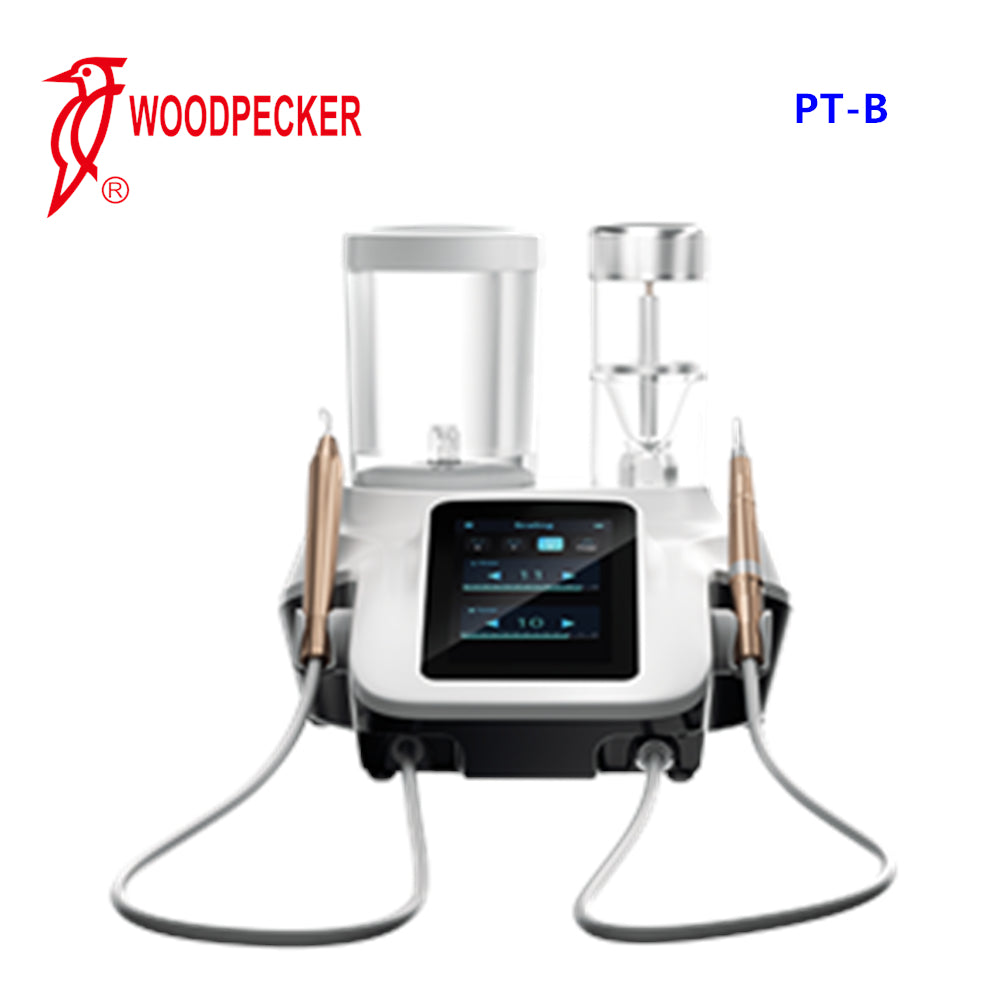Dental air polishing has quickly become one of the most popular technologies in modern hygiene care. Compared to traditional hand scaling and polishing cups, air polishing offers a more comfortable, efficient, and minimally invasive method for removing biofilm, stains, and early calculus.
This guide provides a full overview of what air polishing is, how it works, and why more practices are incorporating it into their hygiene workflow.
What Is Air Polishing?
Air polishing is a method of dental cleaning that uses a controlled stream of air, water, and fine powder particles to remove plaque biofilm and stains from tooth surfaces.
Unlike traditional polishing methods, air polishing is:
-
Faster
-
Gentler on enamel
-
More effective at removing biofilm
-
Suitable for implants and orthodontics
This makes it a preferred technique for preventive and maintenance care.
How Air Polishing Works
Air polishing uses ultra-fine powders such as glycine or erythritol, which are significantly less abrasive than traditional prophy pastes.
The process removes biofilm by:
-
Breaking the biofilm matrix mechanically
-
Gently sweeping away debris
-
Cleaning hard-to-access areas without pressure
Types of Air Polishing Powders
-
Glycine (20–25 μm) – gentle for supra & subgingival
-
Erythritol (14–20 μm) – the least abrasive, ideal for implants & perio
-
Sodium bicarbonate – for heavier staining on enamel
Clinical Benefits
-
Minimally invasive cleaning
-
Excellent for sensitive patients
-
Safe for implant surfaces
-
Effective for orthodontic brackets
-
Reduces overall chair time
Air Polishing vs Traditional Polishing
| Feature | Traditional | Air Polishing |
|---|---|---|
| Abrasion | Higher | Minimal |
| Comfort | Moderate | Excellent |
| Biofilm Removal | Limited | Highly effective |
| Implant Safety | No | Yes |
| Time Efficiency | Moderate | Very fast |
Which Device to Use?
Modern devices like the Woodpecker PT-B combine:
-
Air polishing
-
Ultrasonic scaling
In one system, allowing professionals to follow a systematic Assess – Biofilm Removal – Clean (ABC Protocol) workflow.
Conclusion
Air polishing is becoming a standard in modern dental hygiene due to its efficiency, comfort, and versatility. With proper training and equipment, practices can significantly enhance their preventive care and patient satisfaction.

